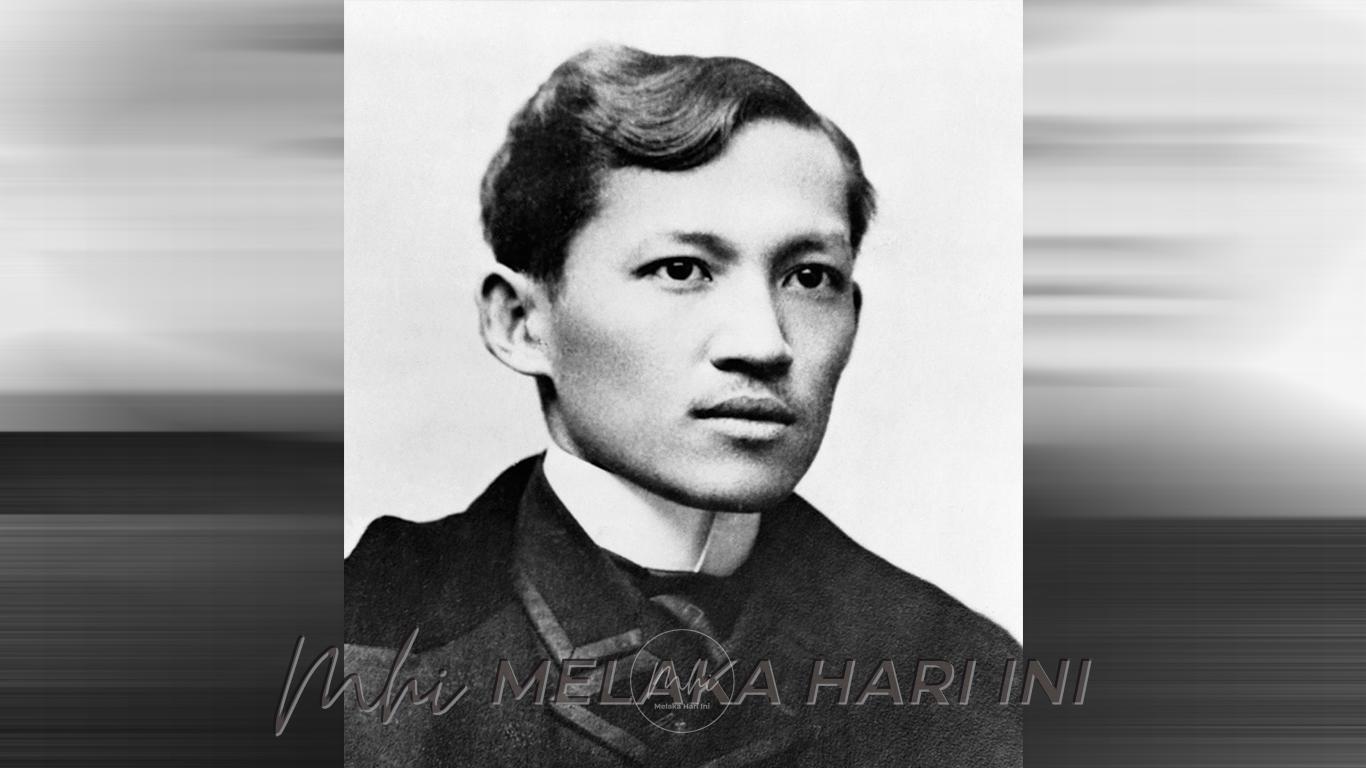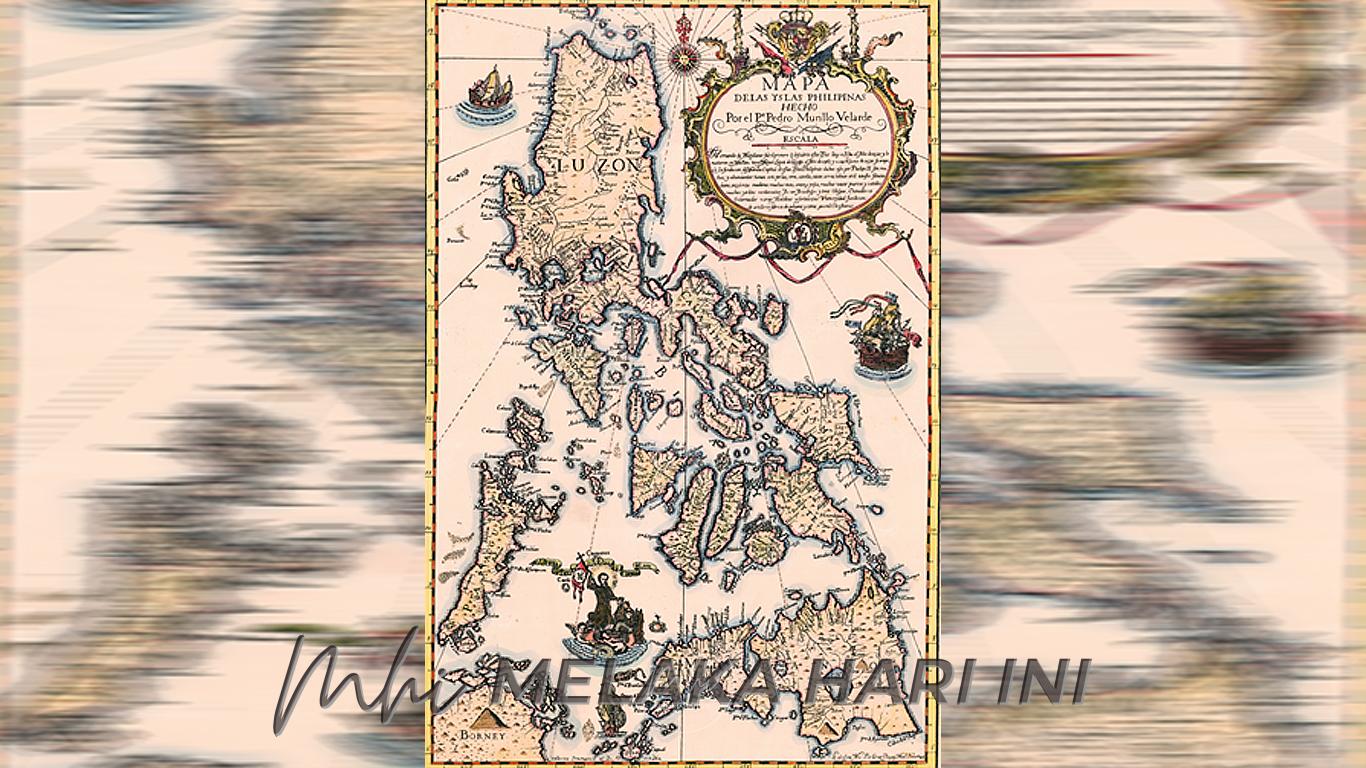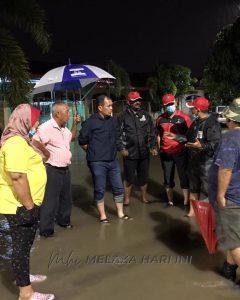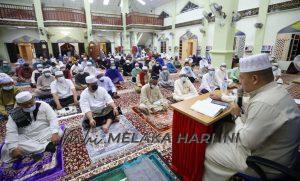
The Hispanized Malay: The Philippines in the Malay World
TO this day, the Filipino is still seeking his identity. The ghost of the Spanish colonial order lingers on. I have encountered colleagues and acquaintances from the Philippines over the years. Many still wonder on their roots. Some like Joan Valenzuela, a colleague from a previous university was ambivalent. He (yes, Joan is a ‘he’) delved into the discourse on indigenization, of the Pantayong Pananaw – translated as “from us-to-us perspective” in Philippine historiography. But he stopped short of his Malay origins. But to Dr. Fernando A. Santiago, Jr, associate professor of History at the De La Salle University in Manila, and vice-president of the Philippine Historical Association, the story is different.
I first met Fernando at a conference in Manila some years ago. In 2019, he spoke at the conference on the history and culture of the Malay Archipelago, co-organized by the International Institute of Islamic Thought and Civilization, International Islamic University, Malaysia (ISTAC-IIUM), and the national historical societies of Malaysia, Indonesia and the Philippines in Kuala Lumpur. Fernando’s paper was titled “Spanish Colonialism and the Emergence of the ‘Hispanized Malay’ in the Philippines.” And his deliberation that day in September reflected an honest commitment to his Malayness and the Malay origins of the Filipino.
Subsequently the paper was revised and published as “Historicising Malayness: Spanish Colonialism and the Emergence of the ‘Hispanized Malay,’ in the book Colonialism in the Malay Archipelago: Civilisational Encounters, co-edited by Osman Bakar, Ahmad Murad Merican and Wan Ali Wan Mamat (2020).

Filipinos today, it has been stated, have a deep-seated and popular belief about their being Malay. Fernando did not hesitate to say that the Filipinos belong to “the Malay race”, following Jose Rizal who described himself as the “Great Malayan” or even the “Pride of the Malay Race.” But generally Filipinos are unaware of their marginal status in the Dunia Melayu. Moreover, not all scholars agree to the classification of the Philippines as Malay. Mainstream scholarship, even in Malaysia, excludes the Filipinos from the Malay world, thus casting a marginal tone to their claim to Malayness.
Historian Zeus Salazar, who theorized and popularized Pantayong Pananaw in Filipino historiography reminded that historically, that his ancestors played an active part in the Malay World. Political, economic, socio-cultural and religious developments also hinted the growing influence of the “Malayan ecumene.” The arrival of the European interrupted that natural course. There was no loss of “Malayness” when the Malays were ruled from Spain via Mexico City. But it created a synthesis of Malay and Hispanic traditions, and the creation of that unique identity of what Fernando termed as the “Hispanised Malays.”
The Malay heirs to the Hispanic legacy is lost in discourse. It was Jose Rizal, the shaper of the Filipino national character, who in 1888, recovered a forgotten past. It was in London. Rizal wanted to prove that his ancestors were not naked savages rescued by “Spanish soldiers and friars from utter barbarism.” After more than three centuries, the Spaniard’s civilizing influence was ingrained in the Filipino mind. This began in the sixteenth century when the Spaniards declared “pagan artifacts as visible symbols of the devil’s domain that had to be destroyed.”
In London, Rizal visited the British Museum. There, at the Reading Room, he found Antonio de Morga’s Sucesos de las Islas Filipinas (In English Events in the Philippine Islands). The book was published in Mexico City in 1609, within 50 years of Spanish arrival. Sucesos gave Rizal a glimpse of his past, and collectively of the Filipinos – of the past he described as “erased from memory.”
Subsequently, de Morga’s book was reprinted with Rizal’s own annotations, and published in Paris in 1890. In his forward to the book, Rizal expressed the angst of not knowing the past, nor neither having the capacity nor authority to speak on “what we have never witnessed or studied.” Fernando quoted Salazar as describing Sucesos as “where the culture and environment of the ancient Filipinos, considered as ‘naturale Malayos’ are described with sympathy and objectivity.”
Sucesos in the public domain. There one sees Filipino culture and behavior in its proper context. It represents a picture of pre-Hispanic society. The rediscovery of the forgotten past brought in the recognition of the Filipinos’ Malay identity. Rizal’s “Malay turn” saw his reference to himself and his countrymen as “the unfortunate Malays of the Philippines.” This Malay turn became the quintessence of the struggle of the ilustrados – a group of educated Filipinos enlightened by liberalism.
The ilustrados was instrumental in the search for a new identity, a national one, according to Salazar, within the colonial frame. Rizal was one of them. They were not only referring to the past, but a vision into the future. The Malay turn led to the formation of a secret organization – the Redención de los Malayos or the “Redemption of the Malay Race.”
To this, Rizal’s biographer, Austin Coates, the organization represented a pledge to liberate the Malay peoples from colonial rule, to be made good first in the Philippines, and later to be extended to the inhabitants of Borneo, Indonesia and Malaya. A stream of other ideas during the colonial era appeared to have affected Rizal.
One was from Multatuli’s satirical novel Max Havelaar (1860). Multatuli was the pen name for Eduard Douwes Dekker (1820 – 1887), a Dutch writer who denounced colonialism in the Dutch East Indies. Multa tuli is from the Latin “I have suffered much.”
NEXT WEEK: The Pan-Malayan Consciousness
Prof. Dato’ Dr. Ahmad Murad Merican is Professor of Social and Intellectual History with the International Institute of Islamic Tho ught and Civilization, International Islamic University (ISTACIIUM). He is a Senior Fellow with the Southeast Asia Research Centre and Hub at De La Salle University, Manila, the Philippines.
Langgani saluran Telegram kami untuk dapatkan berita-berita yang terkini.


